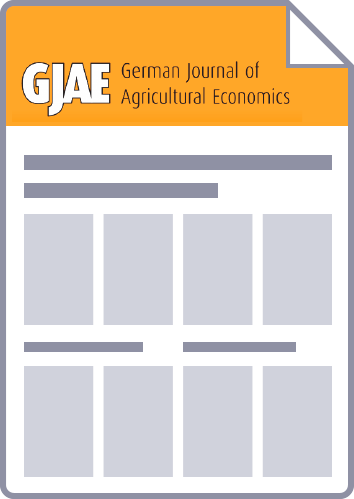In this study the response of US consumers to irradiation in meat processing is examined. Despite scientific evidence of the effectiveness and safety of irradiation, meat processors and retailers have been slow to market irradiated beef products due to uncertainty about consumer acceptance. The objective of this study was therefore to examine the factors influencing consumer demand for irradiation using data from a contingent valuation (CV) survey with 819 households in eight midwestern US states. The analysis focused on the value of reduced risk from Escherichia coli O157:H7 and Salmonella in ground beef consumption. Respondents were on average willing to pay a price premium of 22 cents/lb. for safer ground beef. Willingness to Pay (WTP) amounts were influenced by protective actions at home and varied partly with the scope of the risk reduction.



